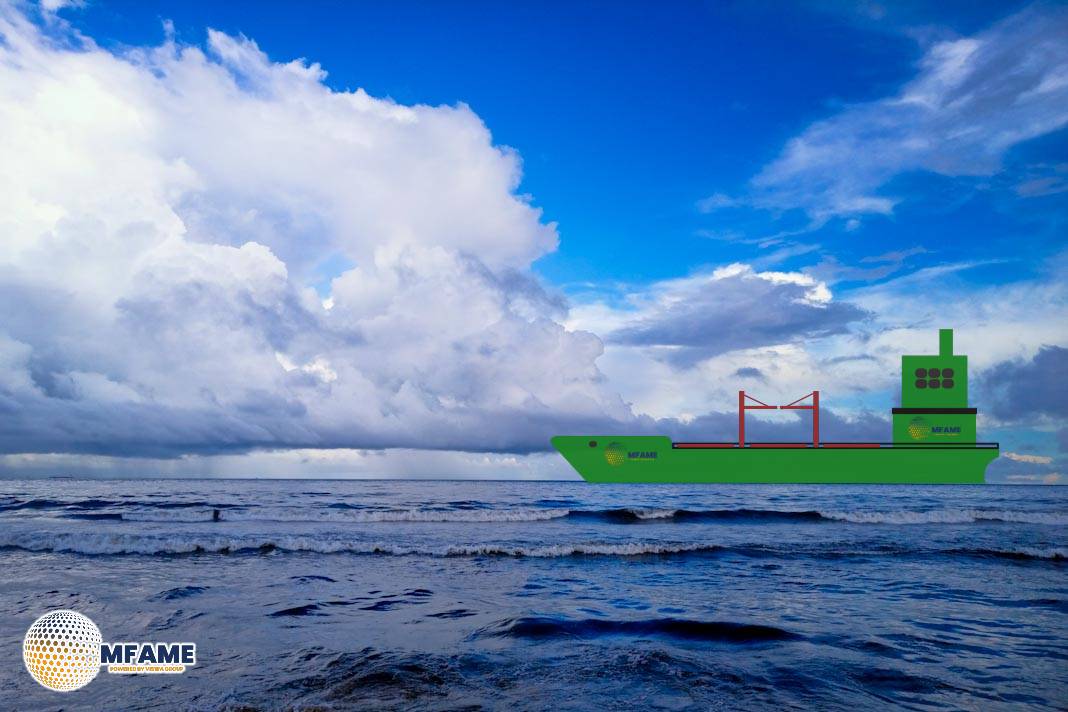Skuld Club informs on developments in EU and UK emissions trading systems, focusing on efforts to coordinate the individual schemes.
The UK ETS Authority released an interim response on 21 July 2025 regarding the expansion of the UK Emissions Trading Scheme (UK ETS) to include maritime emissions, effective 1 July 2026. This initiative is part of the UK Government’s broader Net Zero Strategy. The first scheme year will run from 1 July to 31 December 2026, with subsequent compliance periods following the calendar year. A full response to the consultation and further guidance will be issued in due course.
Emissions scope and coverage
The UK ETS will cover emissions of carbon dioxide, methane, and nitrous oxide, calculated on a carbon dioxide equivalent (CO2e) basis. The scheme applies to ships of 5,000 gross tonnage (GT) and above, with the scope including domestic voyages between UK ports and emissions while at anchor or moored. Emissions from voyages to Crown Dependencies and Overseas Territories are currently excluded but may be reviewed in the future. International voyage emissions will be addressed in future guidance.
Certain government non-commercial maritime activities, such as military operations, coastguard services, and emergency/medical ships, will be fully exempt from reporting or surrender obligations, though these vessels are expected to follow net-zero decarbonisation goals.
Regulatory and compliance framework
The UK ETS will maintain its own regulatory deadlines, independent from the EU ETS, while allowing operators to purchase UK emission allowances (UKAs) throughout the year. Monitoring, reporting, and verification (MRV) will be based on the UK MRV principles but tailored for UK ETS requirements. Each operator will submit a single Emissions Monitoring Plan (EMP) covering all their ships, with data reported in the Annual Emissions Report (AER).
The scheme incentivizes sustainable fuels through zero-rating and will calculate emissions on a Tank-to-Wake basis. Compliance responsibility is primarily assigned to the Registered Owner, unless a legally binding agreement transfers responsibility to an ISM Company. This approach aligns with EU ETS practices and helps reduce administrative burdens for operators participating in both systems.
Implementation of maritime emissions within the UK ETS
The UK Authority will release a full response to the consultation and provide additional guidance on the implementation of maritime emissions within the UK ETS.
The European Commission released a final recommendation on 16 July 2025 for a Council Decision authorising the opening of negotiations between the European Union (EU) and the UK on a common sanitary and phytosanitary area between the EU and the UK in respect of Great Britain and linking the UK and the EU’s greenhouse emissions trading systems.
The intended agreement linking the UK and the EU’s greenhouse gas emissions trading systems should cover the territories defined by the Treaties for the EU, and Great Britain for the UK, with Northern Ireland included, except regarding wholesale electricity markets, which remain governed by the Windsor Framework. The UK must also match the EU’s territorial scope for maritime transport emissions trading.
Some of the goals of an agreement between the EU and the UK to link their respective emission trading systems are as follows:
- The agreement should address all elements related to the connection of emission trading systems, including those under the EU ETS Directive, which establishes a greenhouse gas emission allowance trading system within the Union and its related legislation.
- The agreement should clearly define its scope, covering sectors such as electricity generation and both domestic and international maritime transport. It must ensure that the UK aligns dynamically with relevant EU rules to prevent carbon leakage and competitive distortions. A procedure should also be included to expand the list of covered sectors as needed.
- The agreement should additionally guarantee dynamic alignment of the UK with the EU’s financial regulatory and supervisory framework governing the trade of EU ETS allowances and associated derivatives.
- The agreement must ensure the UK’s cap and reduction pathway matches or exceeds that of the EU. The agreement should not limit the ability of the EU or the UK to pursue higher environmental standards in accordance with their international obligations.
- The agreement must contain provisions requiring each party to acknowledge emission allowances issued under the other party’s emissions trading system.
- The agreement should enable goods from the EU and the UK to receive mutual exemptions from their respective Carbon Border Adjustment Mechanisms, provided they comply with the respective legislation.
Did you subscribe to our daily Newsletter?
It’s Free Click here to Subscribe!
Source: Skuld

























